Watermarks on Cyprus stamps
Watermarks on Cyprus stamps
Hover your mouse
cursor over each
image to identify
the name of the watermark

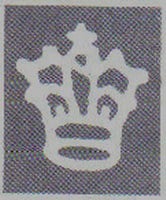
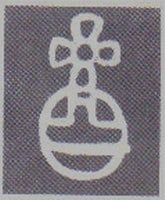
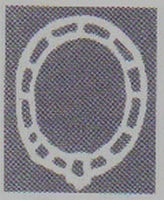
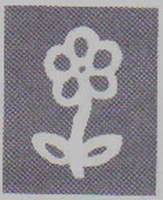
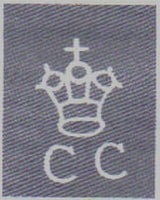
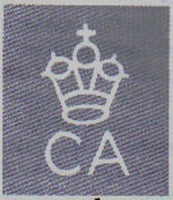
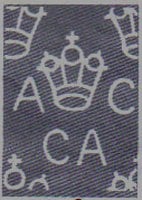
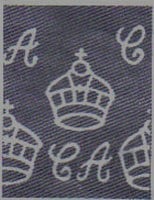
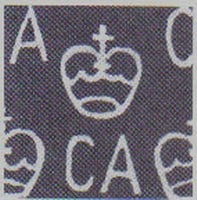
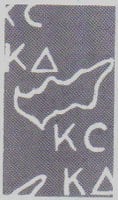
How To Detect Watermarks
There are a number of ways on how to detect or seek out watermarks on stamps:
- For watermarks I personally use a piece of matt black card and place the stamps face down on it. Nine times out of ten this will be sufficient for you to see the watermark but do allow your eyes time to adjust to what you are looking at.
- But, you have to accept that sometimes no matter what you try you will not be able to see the watermark. It’s very frustrating but it does happen to us all….
- It’s not necessary to buy a watermark tray no matter what anyone else or other stamps sites may tell you.
- Any black plastic tray will do the job just as well and if you’re not too keen on the lighter fluid mentioned below, you can by non toxic (but still flammable) watermark detection fluid from stamp shops or eBay. However, it will cost you around 3 times more than buying simple lighter fuel.
- Sometimes, holding the stamp up in a strong light helps.
- But, it helps greatly if you know which watermark you are looking for. If it’s a choice of two marks – try to have an image of both to hand.
Below is some further information I’ve put together from trawling the internet:
- For the beginner, a watermark tray available from most stamp supply sources and a can of lighter fluid available from your local newsagent will get you through most of the watermark work that you will ever have to do.
- The lighter fluid comes in a neat can with a drip tip that precludes spills.
- For safety reasons, don’t pry the cap off.
- Simply place your stamp face down in the tray and add a couple of drops of lighter fluid to the stamp.
- The fluid “wets” the stamp and makes the watermark easier to see. It will also show up many forms of damage such as creases and thin spots.
- Practice first with stamps where you can see a watermark with a bright light and then try harder ones as you become more experienced.
- Make sure that the stamp might have a watermark by looking it up in a catalogue - no point in looking for one if no watermark exists!
- This way you don’t waste fluid.
- Always do watermarking with adequate ventilation.
- Lighter fluid contains naptha which is very flammable.
- In addition, naptha is a solvent and all solvents are to some extent toxic if you breathe enough of them.
- The key to safe use is ventilation and using the minimal amount of watermark fluid possible.
- One or two stamps in your stamp room is probably OK; but when I have to do a lot of stamps, I wait for a warm day and do them outside.
I always work on the assumption that in any case where the watermark cannot be determined, the only option is to assume it is the lesser value stamp.
There's an interesting YouTube beginners video here (in English) from SMCollectibles on how to find watermarks.
I hope that helps a little.
You may find the links to the pages below of interest too:
History of Cyprus stamps
Plate Numbers on Cyprus stamps
Understanding Philatelic Terms & Descriptions
